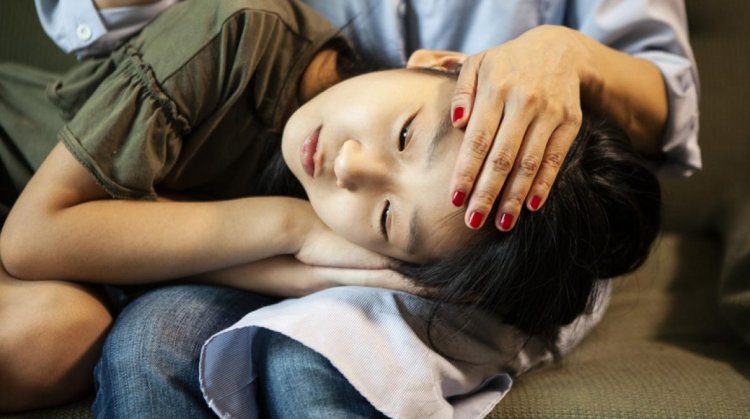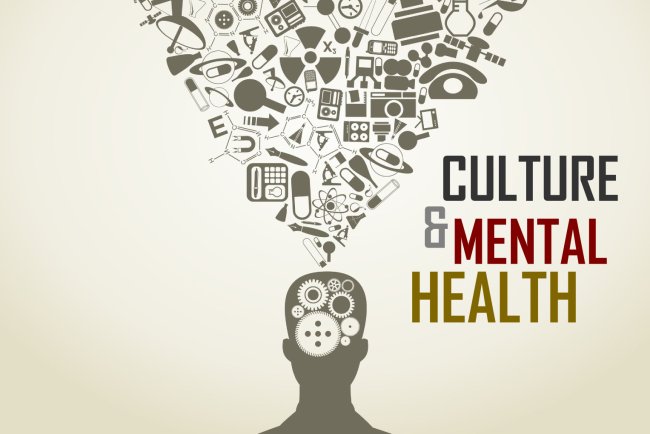Are Migraine Headaches Common in Children? Things Parents Should Know
Adults with migraines are frequently pictured curled up in dimly lit rooms, squirming at the sound of the least sound. However, many parents are unaware that children can also get migraines, and they frequently differ greatly from adult migraines in appearance.

It may not be "growing pains" if your child has been complaining of sudden headaches that stop them in their tracks, dizziness, or stomachaches. Knowing what to look for is the first step to helping them feel better. It might be a migraine.
Children Can Get Migraines, Yes
Up to 10% of school-age children suffer from migraines, and some children as young as two or three years old may get them. Since migraines sometimes run in families, your child is more likely to develop one if you or your partner do.
The difficult part? The symptoms might be ambiguous and frequently confused with other typical childhood problems, and children do not necessarily explain them the way adults do.
Indications Your Child Could Be Experiencing Migraines
Migraines in children might be difficult to identify. They frequently appear abruptly and might also go away quickly. Typical signs and symptoms include:
Head discomfort that pulses or throbs (typically on both sides in kids)
Light, sound, or scent sensitivity
Vomiting or feeling queasy
Dark circles beneath the eyes or pale skin
Pain in the abdomen (sometimes known as "abdominal migraines")
Lightheadedness or hazy vision
Afterward, weariness or irritability
Before a migraine, some kids have what is known as an aura, which might include bright flashes, odd odors, or abnormalities in vision. However, many don't.
What Causes Children to Get Migraines?
Although each child is unique, the following are some of the most typical causes of migraines in kids:
Insufficient sleep or erratic sleep habits
Meal skipping or dehydration
Loud noises or bright lights
Weather or barometric pressure changes
Anxiety or stress (from social expectations, school, etc.)
Some foods (such as processed meats, aged cheeses, chocolate, or artificial chemicals)
You can find trends and potential triggers by keeping a migraine journal.
How to Assist Your Child in Seeking Solace
Consult your pediatrician first if you think your child may be experiencing migraines. For an accurate diagnosis and treatment strategy, they could recommend that you see a pediatric neurologist. In the interim, you can help your child by doing the following:
During an assault, create a peaceful atmosphere by making the space darker, reducing noise, and promoting relaxation.
Apply cold compresses to their neck or forehead.
Promote regular meals and hydration.
Monitor sleep and maintain regular bedtimes.
Try over-the-counter drugs (such as acetaminophen or ibuprofen), but always consult your child's physician first.
If migraines are regular or incapacitating, inquire about prophylactic drugs.
Natural treatments like magnesium, riboflavin (B2), or relaxation techniques may also assist lower frequency in certain situations; however, as always, consult a healthcare professional first.
Do not Ignore the Emotional Cost
Migraines can cause mental distress in addition to physical pain. Youngsters may experience fear, annoyance, or exclusion from events. Have patience. Confirm their feelings. Tell them you are paying attention and that it is not "all in their mind."
In conclusion, you and your child are not alone.
You are not alone in your family's struggles if your child has migraines. The good news? The majority of kids with migraines learn to control them and have busy, fulfilling lives with the correct resources and assistance.Being your child's strongest advocate—until they learn to be their own—as well as early detection and constant treatment are crucial.
What's Your Reaction?




















